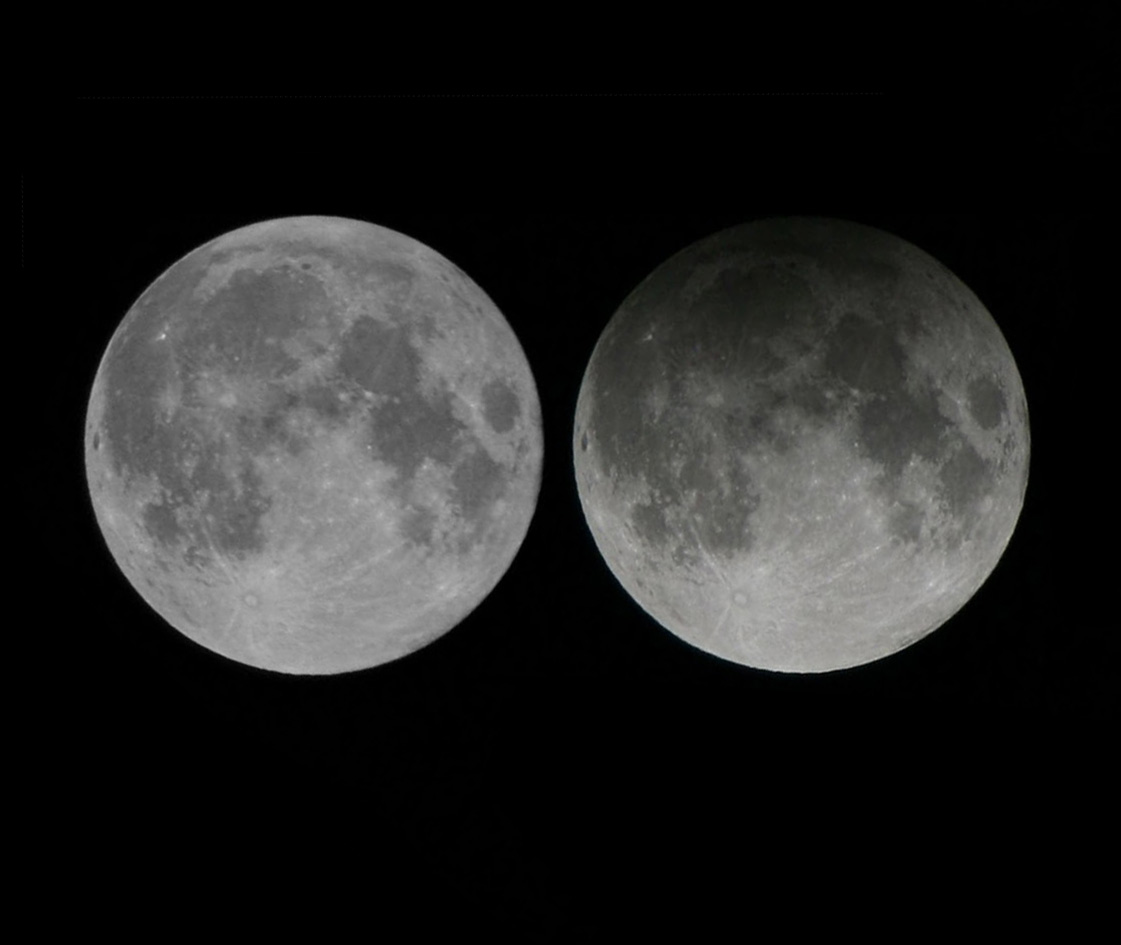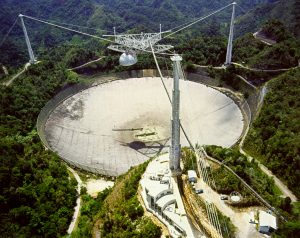
The moon shines by acting like a mirror and reflecting the light from the sun towards earth. As the moon orbits the earth, sometimes the moon will pass into the shadow of the earth cast by the sun, as the sun earth and moon line up in space. When this happens, observers on earth experience a dimming of the moon. This is a lunar eclipse. There are three different types of lunar eclipses. A total lunar eclipse, a partial lunar eclipse and a penumbral lunar eclipse.




